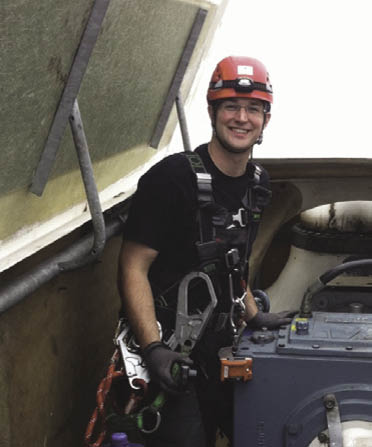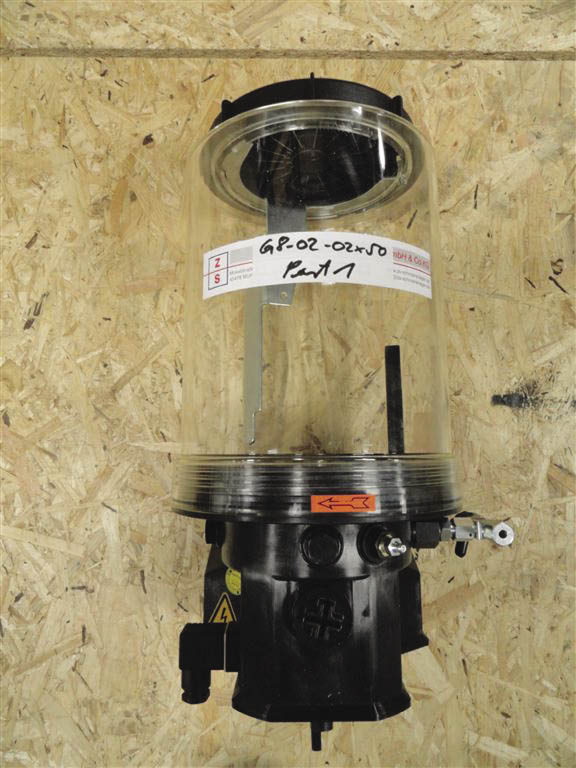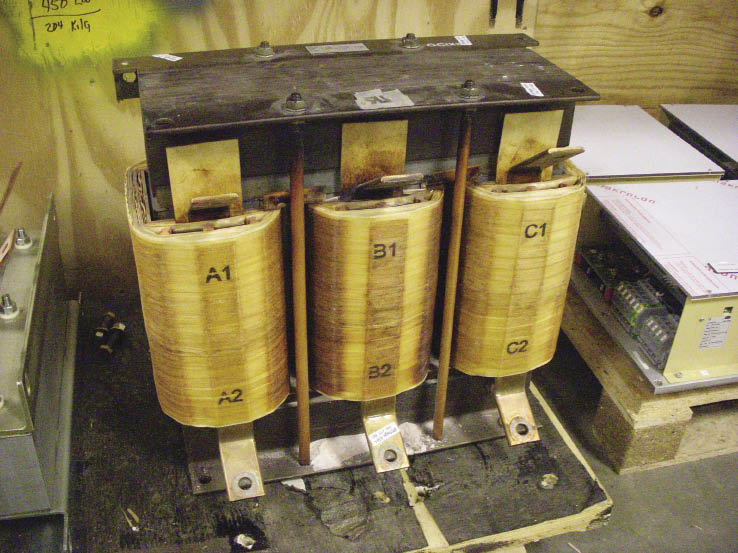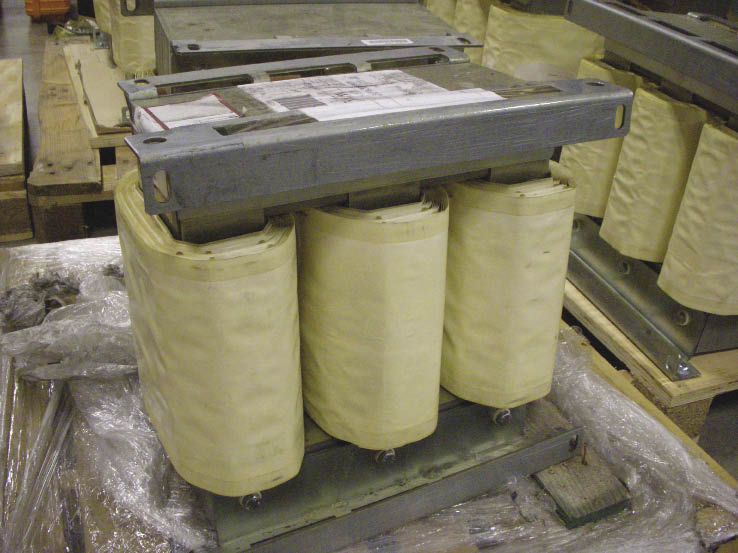
Availon technician and co-author Andrew Engle has just completed work in his office. Recurring repairs have led the company to several redesigned and improved components.
While performing maintenance on wind turbines, it is common for technicians to swap out old parts for new ones. Such repairs, however, are likely to be repeated a few months down the road. A better idea is to upgrade the component and avoid the repeat repair.
Brian Lapcewich/E.I.T Mechanical Product Support Engineer
Weston R. Smith/E.I.T. Electrical Product Support Engineer
Andrew Engle/E.I.T. Mechanical Product Support Engineer
Availon North America/www.availon.com
Component replacement on wind turbines is costly and time consuming. Turbine owners and operators are at a disadvantage because simply replacing damaged or worn parts with new ones may not always prevent occurrence of the same problems in a tiresome cycle. A few component upgrades show what’s possible to reduce downtime, lower costs, and increase turbine availability.

Auto-lubrication system consisting of grease reservoir, pump, and timing device for distribution of grease to a turbine’s main and generator bearings.
Replacing carbon brushes made easier
A particular generator slip-ring bracket commonly used with carbon brushes does not provide for proper positioning. The design consists of only one spring, so the brush sides wear unevenly. As a result, the brushes have a limited service life of about 12 months. Replacing the brushes is not only time consuming, but also has potential for small parts to drop into the slip-ring compartment. To make things worse, the generator arrangement makes it difficult to retrieve dropped components without dismantling the slip ring. The added work contributes to downtime and higher service costs.
Using a redesigned bracket and spring assembly provides constant pressure and an even contact of carbon brushes on the slip ring. The adjusted brush angle prevents irregular wear. Better yet, the new system makes the carbon brushes easier and faster to install and service. It has fewer small parts, which lessens the chance of dropping them into the slip-ring compartment during maintenance. Field trials have produced excellent results by increasing the carbon brushes service life to 18 months on average.
Reducing wear through automatic lubrication
Corrosion and excessive wear of gear teeth and bearing surfaces can drastically reduce the lifetime of key systems such as pitch and yaw drives, along with main and generator bearings. This results in high replacement costs or extensive downtime for the turbine. Issues of this sort can be mitigated through a proper permanent-lubrication system.
Permanent-lubrication systems deliver grease to turbine components automatically, thereby reducing the work required during regular maintenance. Automatic lubricators are available for the pitch and yaw ring-gear teeth, as well as the main and generator bearings. Using a calibrated distribution block lets a single auto-lubrication pump located in the nacelle provide grease to main and generator bearings, ensuring that each receives an adequate amount of grease appropriate to the bearing size, type, and operating speed.
Lubrication experts have developed greases miscible with the previously used greases in each bearing so it provides the necessary protection and performance required for long-term use. The consolidation of greases further simplifies the maintenance cycle by requiring technicians to refill the grease pump reservoir as little as once a year.
Insulating IGBTs from costly damage
Insulated-gate bipolar transistors (IGBT) have a history of failing because their under-designed standoffs could not hold up to the routine vibration of the turbine. A failed insulated standoff would cause the IGBT to make contact to ground, resulting in an electrical overload to the IGBT module. Previously, the only way to replace a damaged insulated standoff was to purchase an entirely new IGBT assembly, an extremely expensive option. As a solution, “drop-in” replacements for the OEM standoffs were developed after it was discovered that replacement standoffs were unavailable for failed units. The improved insulated standoffs work on GE 1.5 MW turbines with GE power converters.
The new design increased the overall thickness of the standoff-bracket channel and eliminated sharp corners that caused high-stress zones and subsequent failures. Each new set is capable of supporting up to 800 lbs. and is more cost effective than previous models. Furthermore, the continuity of design lets customers upgrade existing IGBT assemblies in the field with the new insulated standoffs during maintenance cycles.
Vibration analysis to lower O&M costs
A wind turbine’s drivetrain is one of its most problematic areas. Drivetrain components fail for reasons that include constantly changing speeds and variable loads. A condition monitoring system can help maintain drive train health by measuring and recording vibration frequencies generated by a drive train. Analysis can identify where vibrations are coming from, for example, the main bearings, gearbox, or generator. After being recorded, the data is interpreted by a vibration analyst.
Monitoring and trending damage progression lets a turbine owner predict failures and schedules repairs at convenient times. For instance, early detection prevents the main bearing from transmitting excessive axial loads into the gearbox from the main shaft. Early detection also lets turbine owners schedule several repairs at the same time, thus reducing unscheduled maintenance costs.
Line reactor upgrade boosts availability
Line reactors are subjected to high currents which cause them to heat up significantly. This heat cycling over time can deteriorate the resin and insulation between the windings. With enough deterioration, the windings may short, creating fault currents in the power converter.
After an 8-month of design and testing, the company introduced an upgraded line reactor that features a higher operating current rating of 450 A versus the standard 375 A, which improves reliability while the turbine is running at full capacity. The reactor has wider splits between windings to prevent short circuits caused by overheating and special brackets with slots positioned to optimize airflow through the converter cabinet. The kit also includes an upgraded cooling fan in the converter cabinet for greater air movement. WPE
The redesigned line reactor is less prone to overheating and has special brackets with slots positioned to optimize airflow from the converter cabinet.
Filed Under: Featured, News, Uncategorized






